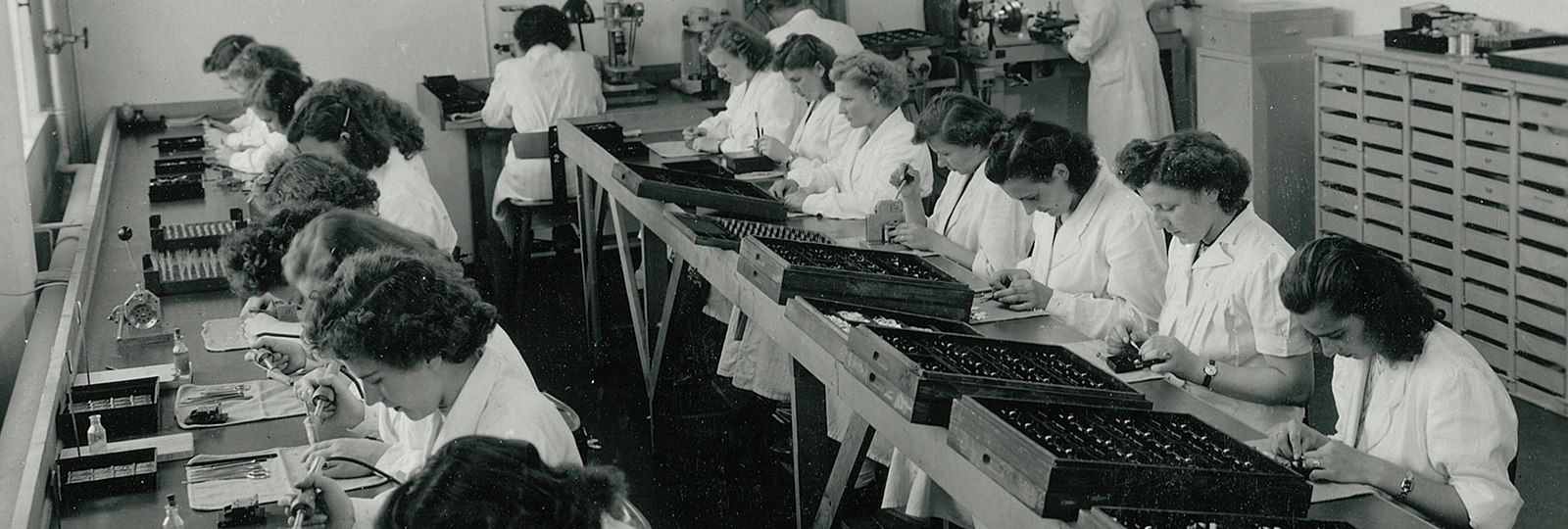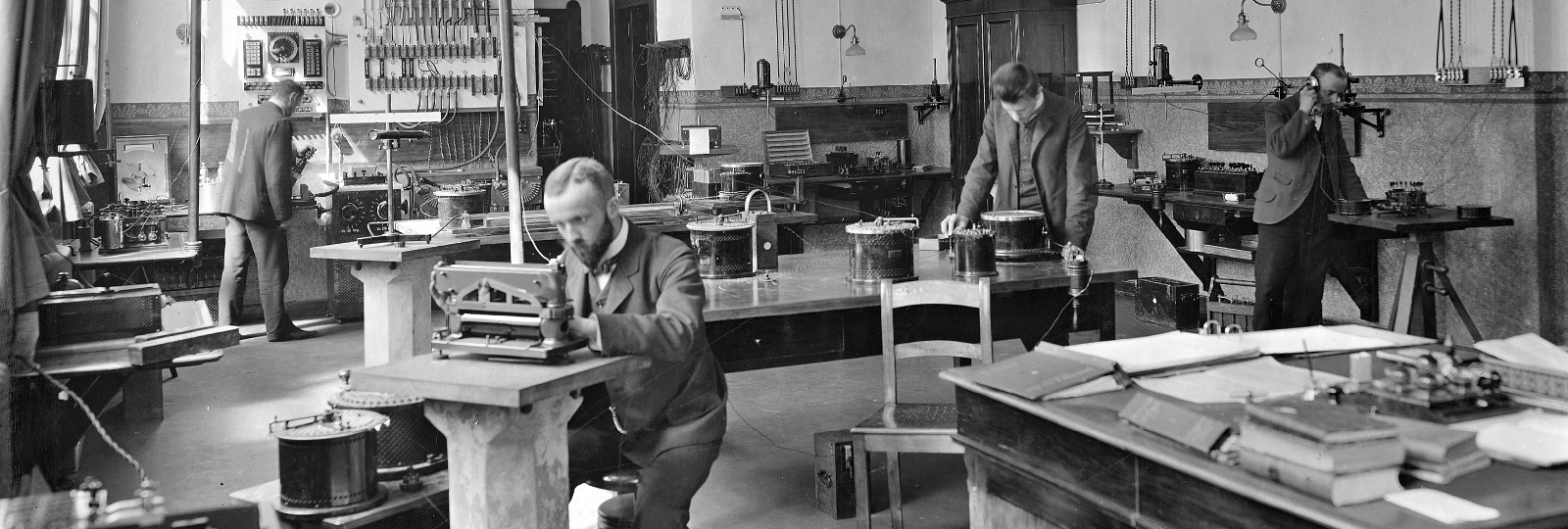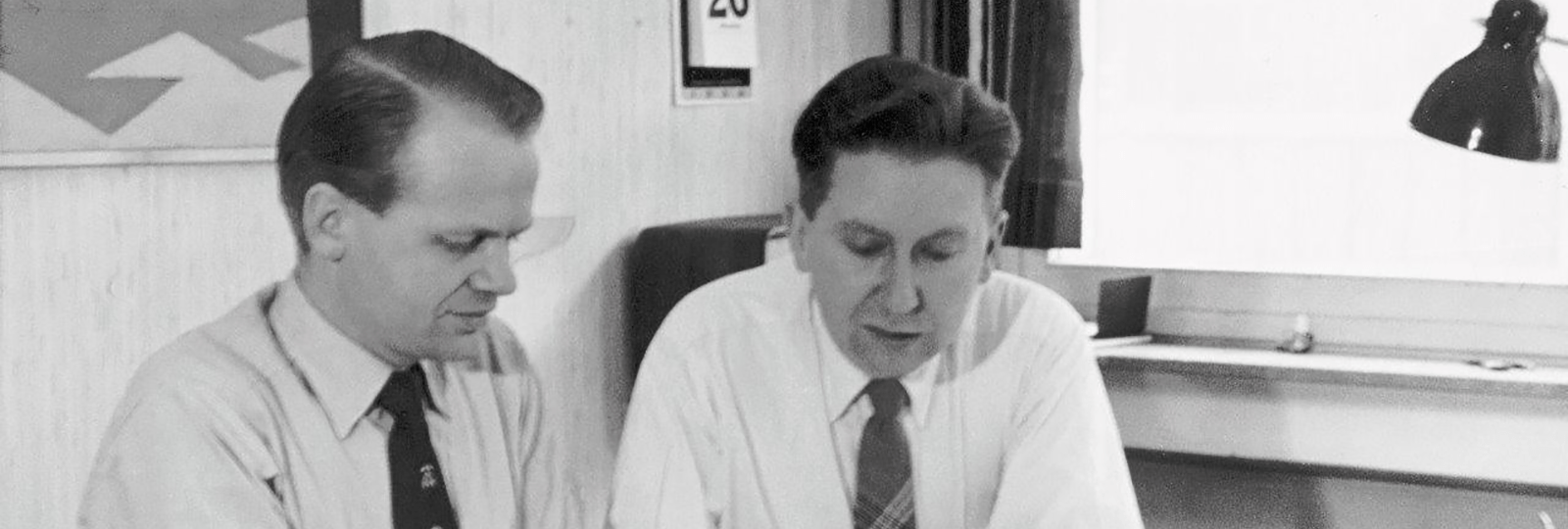

History
Since the development of their very first hearing device, the Phonophor, the later Sivantos has produced many more remarkable innovations. After World War II their production needed to be moved from Berlin to Erlangen, Germany. Innovation picked up speed. The Auriculette was a behind-the-ear (BTE) device with small lightweight components that fit together in a single unit, a true 1959 blockbuster. The Siretta 339 was first device worn entirely in-the-ear (ITE) from 1966.
Very soon, "Siemens Audiology Solutions" as it was called back then, took hold of European, North American and Asian markets, ultimately gaining a worldwide presence in the hearing industry – as did Widex.

In 1995, the Senso Series was the world’s first digital in-the-ear (ITE) hearing aid; and in 2008, Passion became the world’s smallest receiver-in-canal (RIC) hearing aid, with only 21 mm in diameter.
In 1997, Sivantos developed the world’s first completely digital hearing aid with two microphones, called Prisma. Later, Acuris, the world’s first hearing aid in which right and left devices were synchronized, was launched in 2004.
Finally, and most recently in 2018, Sivantos introduced the Signia Styletto, the world’s first SLIM-RIC hearwear, combining style with high-tech hearing while Widex came out with Evoke, the world’s first hearing aid with machine learning.

